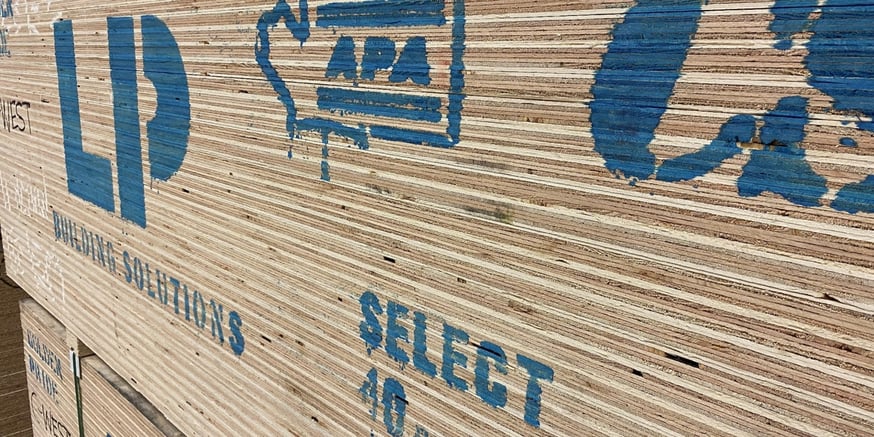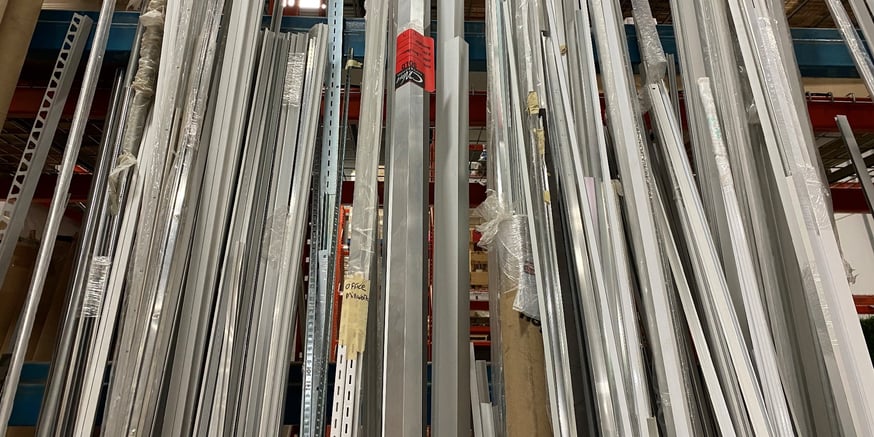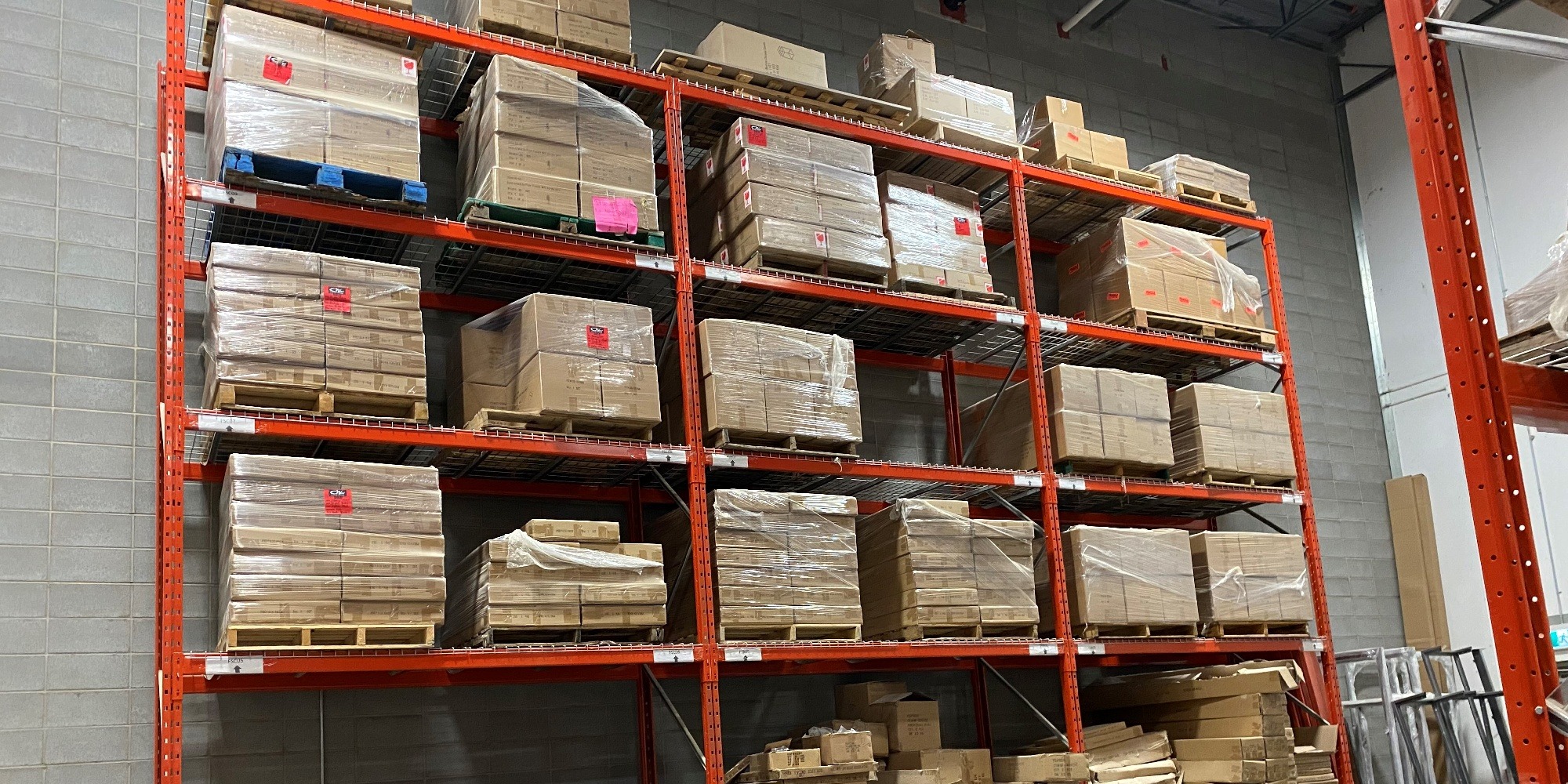If you’d asked us that question pre-pandemic, our answer would have been a loud and confident YES! If you’d asked us one year into the pandemic, our answer would have still been yes, but maybe a bit of a hesitant one. Supply chain issues started to hit different industries pretty quickly but we weren’t feeling the crunch yet.
We knew we had great relationships with our suppliers. We knew we had a great procurement team that were already anticipating potential problems and finding work-arounds for us. So really, we were good. So, what if you asked us today – almost 2 years into the pandemic? The truth is, weaknesses we couldn’t foresee are starting to show up. And from what we’ve been hearing, we are not alone in this.
Supply chain interruptions can wreak havoc on any business
When the world was turned upside down in 2020, our industry came together to support each other through border closings, quarantines, travel restrictions and more. Two years later, we are seeing a bit of a different reality. Everyone is tired of work-arounds and scrambling. And as the pandemic continues, new and unexpected complications keep arising.
Higher costs and longer lead times seems to be the new normal for custom fixture manufacturing
What we have seen in the last few months is scary. Businesses are finally turning themselves into recovery and growth mode after a long stint of profit protection and almost non-existent expansion. Clients are eager to get going. And they are expecting the same process, timelines, and budgets they were used to pre-pandemic.
But everything has changed.
So much of what manufacturing relies on – especially retail fixture manufacturing – comes from suppliers around the world. In the last 3 months, we have had to deal with:
- Paid shipments being held in shipping vessels that weren’t allowed to dock to unload
- Paid shipments being held due to freight increases that wouldn’t be released until we paid more
- Paid shipments being held at the border with no indication of for how long or why
And those are on top of the other pandemic issues like:
- Skyrocketing gas surcharges
- World-wide material shortages
- Increases in the cost of lumber, steel, and glass
- Quarantine protocols
- Travel restrictions
Like many other manufacturing businesses, we have had to shift our supply chain to find alternative ways of getting our work done. But that in itself creates cascading change. For instance, for years we’ve worked with international companies to manufacture the LED lights we use for retail displays. But as we run into more hurdles getting items we need for our clients – on time and on budget – we have been able to find solutions but then we realize they often come with different problems.
The backbone of a successful supply chain is communication
Whether you’re in custom fixture manufacturing (like us) or anything else, communication is key for making it through challenging times. The strong relationships we’ve spent years developing with our suppliers and clients has helped us overcome some tricky situations. Here are some of the important communication points that have helped us overcome:
- Transparent/honest communication with our suppliers about what is ACTUALLY available for projects. Knowing this key information ensures we aren’t selling what we can’t deliver.
- Transparent/honest communication between procurement and accounting to see how far we can extend our own inventory to ensure we have materials available on hand for projects. Where before we bought based on orders, we now have certain materials on hand at all times.
- Transparent/honest communication with clients early in the new project cycle to manage expectations around both timeline and budget. We have found clients to be more amenable to these conversations early in the process rather than being hit by surprises later in the project.
The closer our relationships are with our suppliers, the more likely they are to give us a heads up before problems arise. The closer our relationships are with our clients, the more likely they are to trust us and offer understanding if/when supply chain issues arise. The more your internal teams are communicating, the more you can adjust schedules or projects or budgets to ensure everything continues to run smoothly.
After almost 25 years in business, we keep coming back to our focus on building long-term relationships – with suppliers, with clients, with our employees and with the community – is really the most important factor in our ongoing success.







